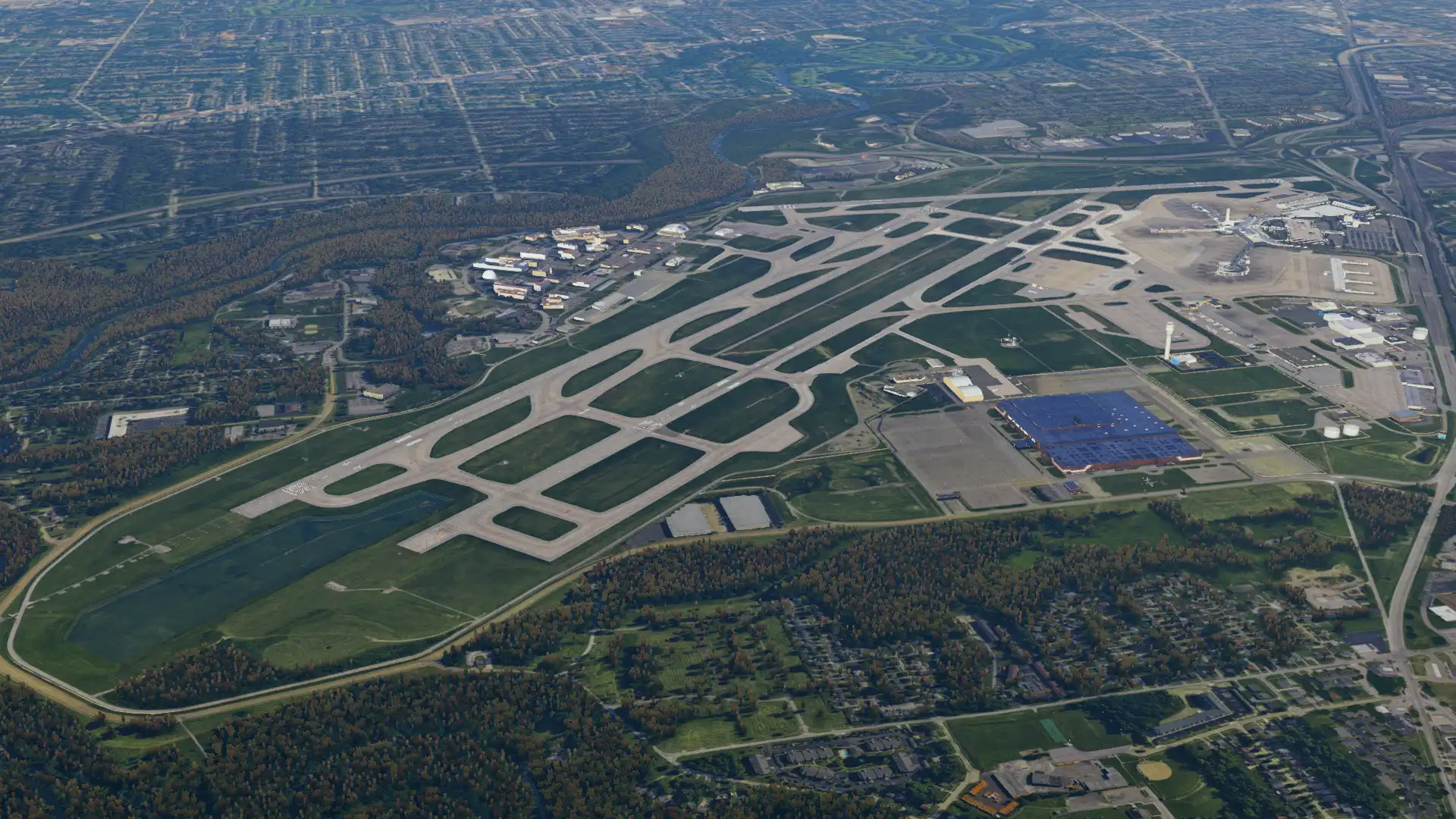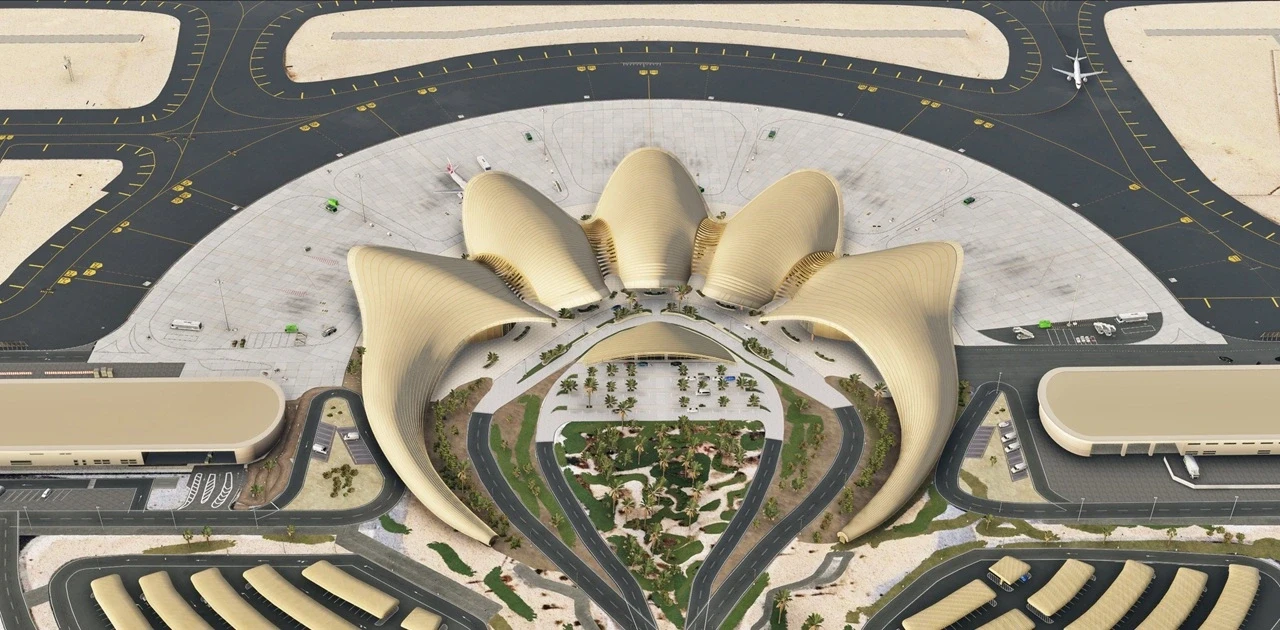Landing Rate is not a good indicator of how great your landings are. Here's why.
August 8, 2019
Community
In today’s flight simulation community, many like to use “landing rate” to determine the quality of their own landings or even to judge the landings of others. The term “landing rate” is used to describe the smoothness of one’s landing by using the vertical speed an aircraft is traveling at the exact time its wheels touchdown (usually in feet per minute - fpm). Even Laminar has used this concept to judge landings in their recent landing competition at the 2019 FSExpo. To quote the rules directly: “Touchdown vertical speed will be assessed with the aid of the well known ‘landing speed plugin’” (Laminar). Whilst “landing rate” is used by so many simmers to judge landings, it really isn’t an accurate indicator of smoothness and certainly doesn’t tell anywhere near the whole story.
What makes a good landing?
In reality, the smoothness of a landing is only one of many factors that play into the perfect landing. Here are some of the other biggest factors:
Touchdown Distance
When landing, it is ideal to touchdown as early on the runway as deemed necessary. This gives you the distance you need to safely and comfortably slow the aircraft down so you can vacate the runway in a timely manner. In all, it feels better for the passengers, it's safer for everyone, and it helps out the air traffic controller.
Crosswind Management
Many simmers do not use the right technique, or any at all, to manage a crosswind when landing. If this isn’t done correctly, the aircraft will sideload. When you land in a crosswind, your landing gear are aimed in a different direction than your track over the ground. When your wheels make contact with the runway, they still want to go in the direction they are pointed. The inertia of the airplane keeps it tracking in the same direction so when the wheels touch, there is a force put on the gear, dragging them in the direction the airplane wants to go. And also, as the gear gain more traction, the airplane will begin to go in their direction. These forces fight and exert an uncomfortable side force on the passengers. This force also can damage the landing gear and in extreme cases cause them to fail as happened in this instance.

To prevent this, a forward slip (rudder opposite to the wind and aileron into the wind) can be used to maintain runway heading and track.
Centerline
Landing on and maintaining runway centerline is also critical to a good landing. This will ensure that you won’t clip wings with aircraft holding short and also will give you some extra room in general so that in the event of a stiff wind gust, you’ll have plenty of time to correct.
Smoothness
Landing smoothly is important. You don’t want to be paying for the chiropractor bills of all of your passengers or for a landing gear replacement. But, at the same time, there is such a thing as too smooth in many cases. In general, when you touchdown very smoothly, your brakes will not become as efficient directly after you touchdown, leading to a longer landing roll distance. Also, when flying airliners, the touchdown detection mechanisms that trigger the spoilers and autobrake will not activate until a certain G load is reached. When you touchdown smoothly, this process will be delayed. And lastly, nine out of ten times when you touchdown very smoothly, you float, increasing roll distance. To conclude, you need to hit it in the middle. Yes, you certainly want a comfortable landing but you also want to land in a way to where you can safely get the aircraft on the ground and slowed down as quickly as possible.
Why doesn’t landing rate accurately determine the smoothness of landings?
First off, Vertical Speed is measured as a rate. This means that the instrument will take samples off of the altimeter and calculate how many feet you are losing per minute. Since the airplane has to have some data to go off of, this obviously can’t be calculated instantly, leaving a bit of a delay. For example, when the VSI reads 1000FPM, that may not be exactly correct right at that second but it will catch up, given a second or two. The VSI was designed to be referenced in climbs and descents so you can see how you are trending, and wasn’t designed to be used as a precise indicator of vertical speed at a particular second.
Secondly, runway slope. This one is pretty simple to understand. If a runway is sloped down, you will have to use more decent than normal to get down to it and vice versa.

Lastly, different gear configurations. Depending on the type of landing gear struts/mechanisms on an airplane, the landing may feel smoother or harder. Some aircraft have great shock absorbers, some have horrible shock absorbers, and some have none at all.
How should I judge my landings in the sim?
Replays are generally the best option. By utilizing the replay system, you will be able to see how you were on centerline, touchdown distance, smoothness, etc. Using this information to identify what you did right and what you did wrong is a great way to improve your landings.
So, maybe next time you are cleaning off your computer, that landing rate plugin should go too.
Share this page
COMMENT ADVISORY:
Threshold encourages informed discussion and debate - though this can only happen if all commenters remain civil when voicing their opinions.






.webp)





